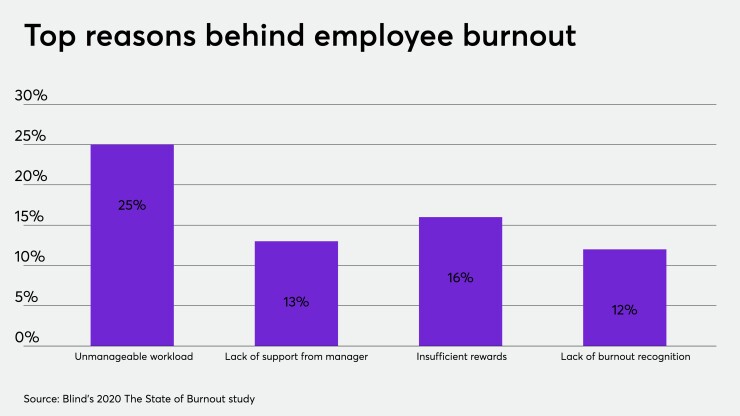Employees are getting ready to jump ship as they gaugue a robust summer jobs market and rethink their career plans.
In a recent survey by job posting platform Monster, an overwhelming majority — 95% — of workers are currently considering changing jobs, and 92% say they are willing to switch industries to land a new position.
Read More:
“Employees have realized
The pandemic has opened employees’ eyes to the importance of making their jobs work for them, whether that be through flexible schedules, hybrid work from home
Read More:
“It's important for companies to look at their overall benefit package in terms of what type of support they can provide,” Salemi says. “Employers are looking for employees that can not only do the job incredibly well, but also culturally fit into the organization. In turn, jobseekers are looking for titles, salary, growth opportunities, the ability to learn, benefits and perks as well.”
While benefits and growth opportunities are driving factors pushing employees to seek out new opportunities, burnout is playing a role for employees desperate for a change.Thirty-two percent of the workers surveyed by Monster cited burnout as the main reason for wanting to quit their current job.
Read More:
In order to decrease the risk of burnout and retain more employees, employers should support mental health and encourage workers to utilize their PTO, Salemi says. Leaders need to set an example, she says, by telling employees they don’t expect them to sign on or check emails while they are off. Leaders can also vocalize their plans to go offline to encourage this behavior among staff.
“Burnout reduction involves creating boundaries,” she says. “We've heard a lot from job seekers and employees about how the pandemic was really challenging for them because there were no lines. It was very blurry and work/life was just all integrated.”






